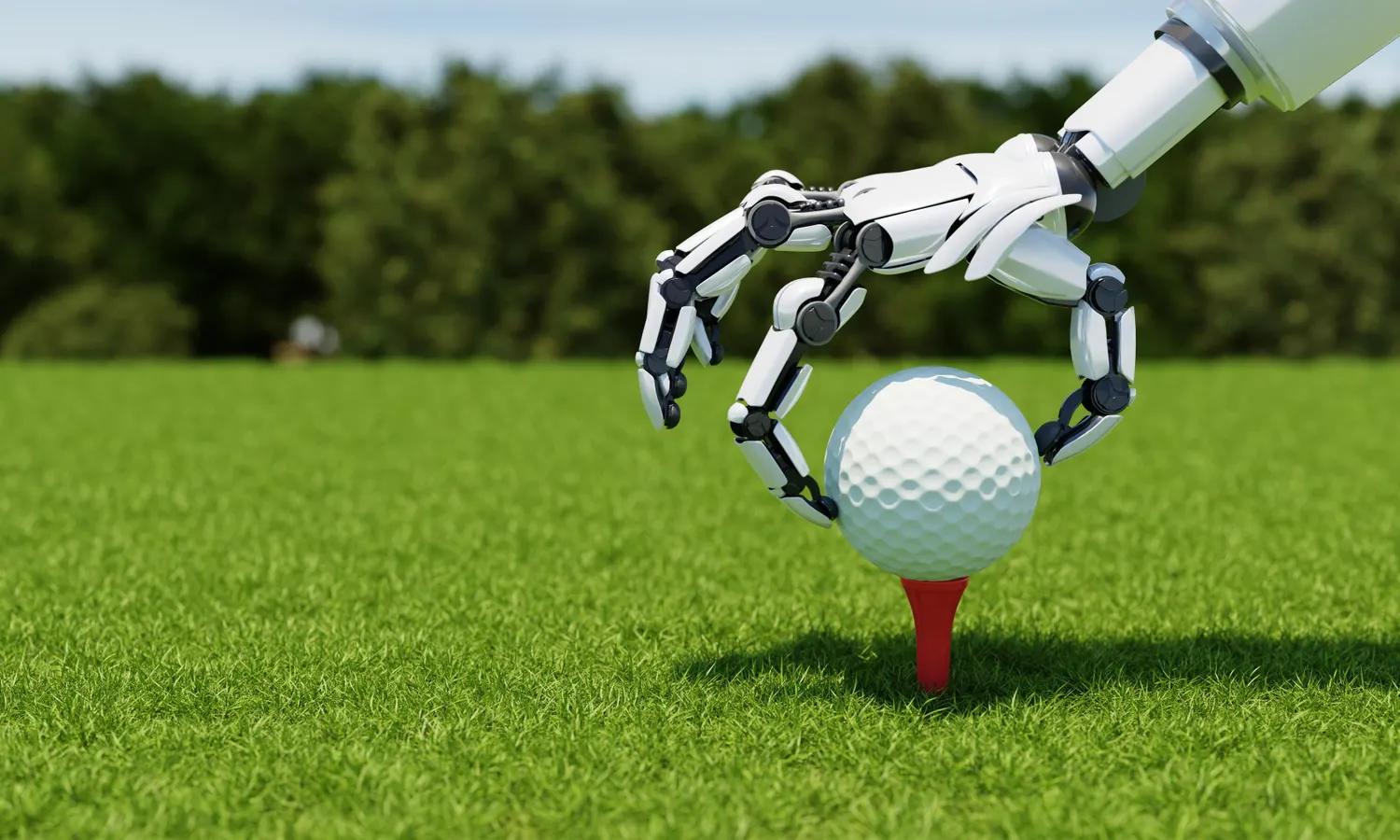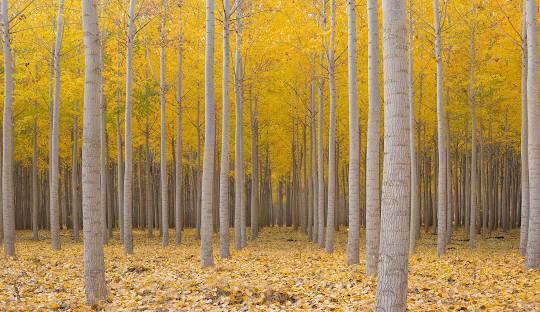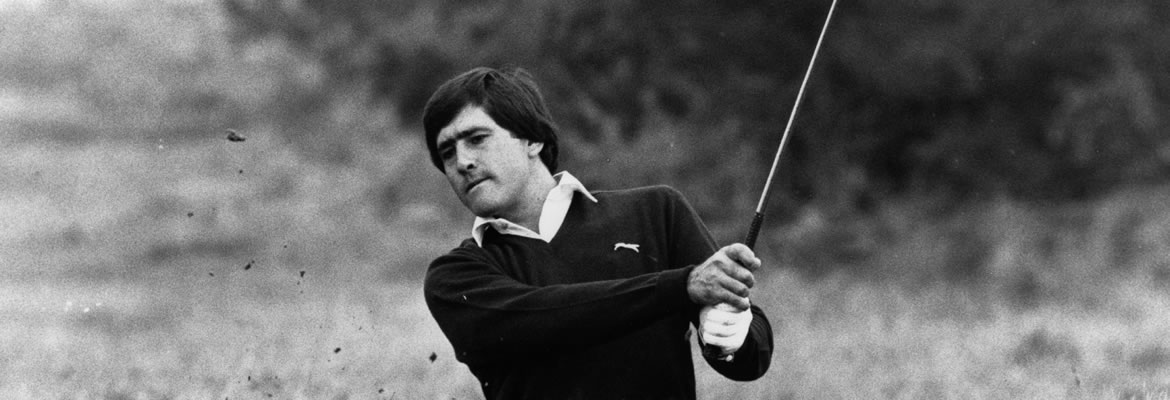Golf Ball Assistant
Thanks to having spent many years in the world of the Internet and new technologies due to my work, I have been lucky enough to develop a kind of nose for reading which tools were really going to change things. One of the tools that is already changing almost everything is the so-called artificial intelligence, the … Read more







